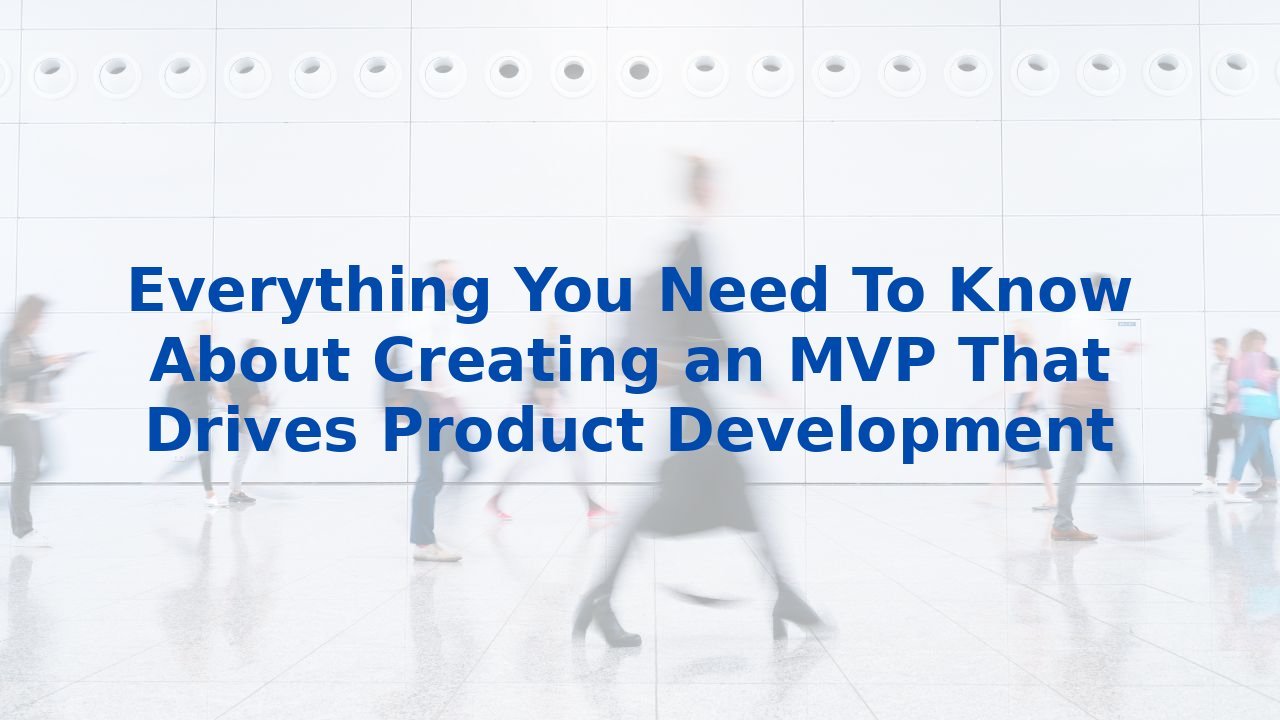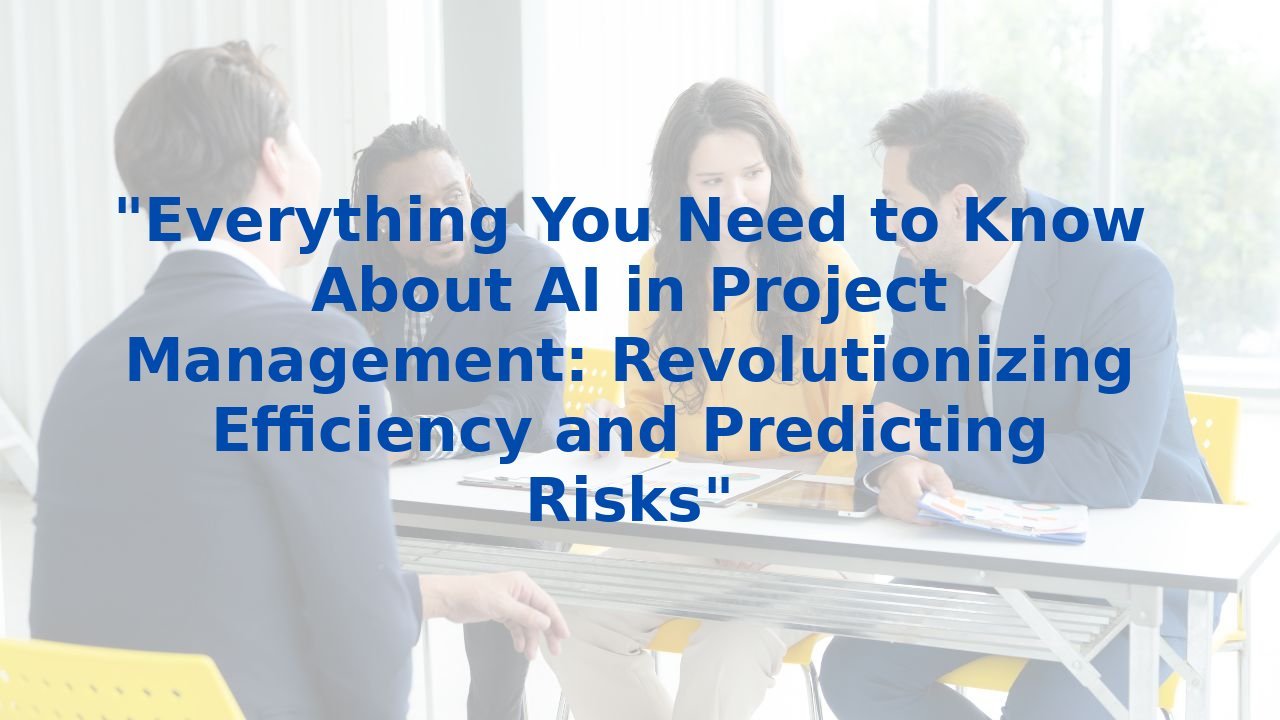Everything You Need To Know About Creating an MVP That Drives Product Development
Everything You Need To Know About Creating an MVP That Drives Product Development
In the labyrinthine world of product development, creating a Minimum Viable Product (MVP) stands out as a crucial first step. An MVP allows you to test your assumptions, gather user feedback, and iterate on your idea without draining your resources. But what if we told you that the integration of Artificial Intelligence (AI) can amplify the effectiveness of your MVP and drive your product development forward?
Understanding the MVP Concept
An MVP is not just a stripped-down version of your final product; it's a tool that helps validate your product idea and refine your vision based on real-world data. It’s about understanding what your customers truly need versus what you think they need. With AI’s capability for data analysis and learning from user interactions, your MVP can be more responsive to real-time feedback.
The Role of AI in Enhancing MVP Development
Imagine launching your MVP backed by AI capabilities. You can leverage AI-powered insights to identify and rectify potential misalignments in user expectations and product features before they escalate. Here’s how AI can be woven into the fabric of your MVP development process:
1. Process Discovery and Mapping
AI excels at process mining—sifting through your operational data to illuminate existing workflows. This process discovery allows businesses to visualize how assuming a product idea materializes into various stages. It's like having a GPS for your development process—guiding you efficiently and avoiding roadblocks.
2. Data-Driven Decision-Making
With AI’s prowess in analytics, your MVP can be tailored to align perfectly with user expectations. As data streams in, AI tools can help sift through vast amounts of information to highlight patterns and preferences. This ensures that your decisions are not merely based on gut feelings but are data-informed.
3. Automation for Efficiency
Integrating AI allows for the automation of repetitive tasks that typically consume time and resources. From managing user feedback to tracking changes in product development, automating these processes can free up your team to focus on strategic activities. This results in a much faster development cycle for your MVP.
4. Predictive Analytics for Future Development
Gone are the days of projecting outcomes based solely on historical data. AI predictive analytics can provide insights into user behavior, helping anticipate what features will resonate in the future. This foresight can guide iterative improvements beyond the MVP stage, ensuring your product continues to evolve with its market.
Training Your Team for AI Integration
While AI has immense potential, its full capabilities can only be unlocked when your entire team is equipped with the right skills. Comprehensive AI training ensures that your employees can interpret data insights correctly and apply them effectively. This training can foster a culture of innovation, where team members are empowered to intuitively integrate AI tools into their projects.
Emphasizing continuous learning and adaptation not only enhances individual competency but also aligns the entire organization towards a shared vision concerning AI and product development. Organizations that invest in employee training for AI capabilities often experience accelerated growth and adaptability in an ever-changing market landscape.
Benefits of AI in Driving Product Development
The integration of AI in your MVP development doesn’t just streamline processes; it cultivates a more dynamic approach to product evolution. Here are a few benefits:
- Increased Efficiency: By automating routine processes, your team can focus on creating a quality product rather than managing mundane tasks.
- Enhanced User Engagement: AI facilitates real-time feedback loops, empowering you to engage users to refine and enhance your MVP continually.
- Data-Driven Growth: Utilizing AI analytics means making decisions based on facts rather than assumptions, ultimately leading to a more robust product-market fit.
Conclusion
Creating an MVP that drives product development is no longer a waiting game. With AI’s capabilities, organizations can not only streamline their processes but also empower employees to engage meaningfully with technology. By embracing AI, companies enhance their MVPs, ensuring that they not only meet customer needs but exceed them.
As you embark on your journey of product development, let AI guide your processes and elevate your MVP, transforming your vision into reality. After all, in the interconnected world we live in, leveraging technology is not just an advantage—it’s a necessity.



